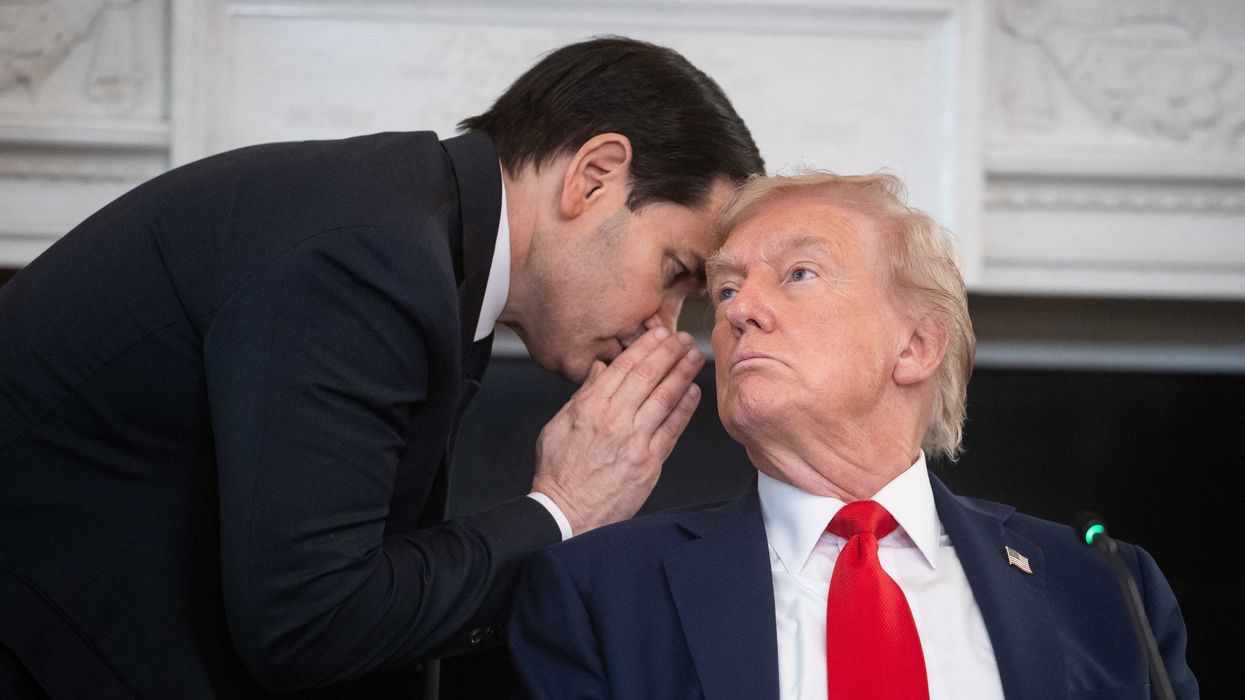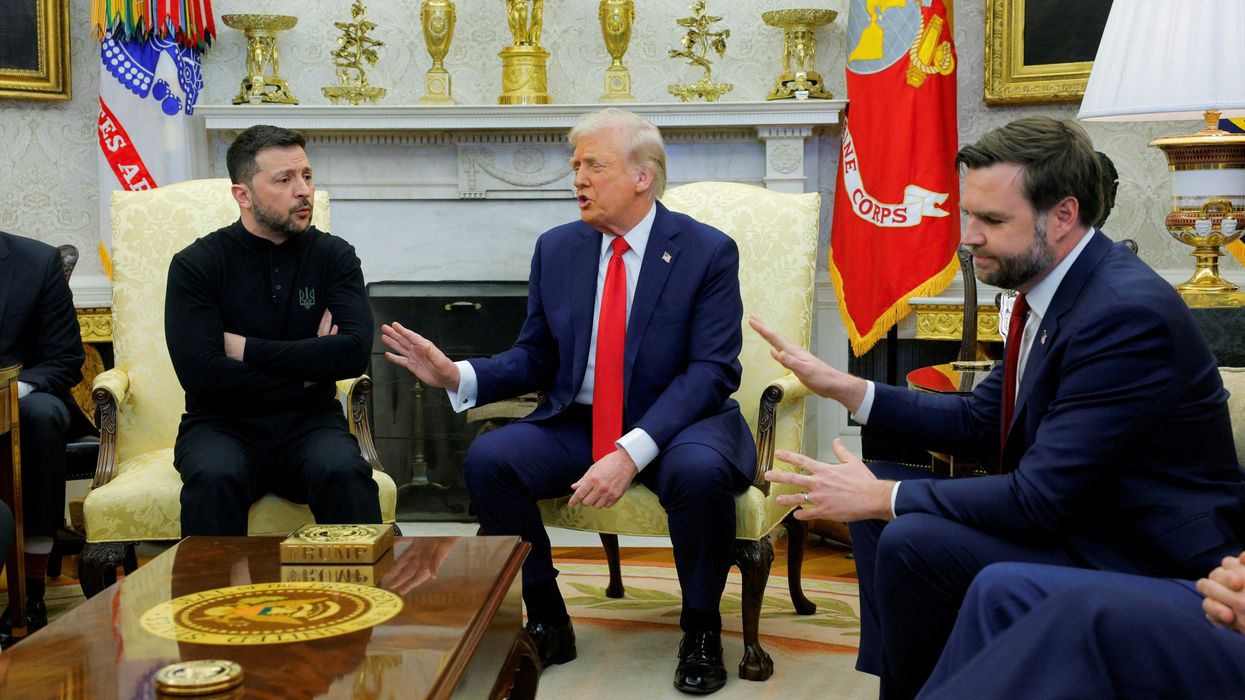Mohsen Fakhrizadeh, a leading figure in Iran’s nuclear and missile program, was finally assassinated. Many believe his Nov. 27 killing was the handiwork of Israel, though so far that accusation has yet to be confirmed. If so, it is nothing short of state-sponsored terrorism.
Israel and the United States had been looking for Fakhrizadeh for at least 15 years as part of a larger covert war against Tehran supposedly designed to slow its nuclear and missile programs — which Israel insists are aimed at producing weapons and the means to deliver them. Thus the question is, have multiple assassinations, considered “criminal” by the European Union and condemned by Agnes Callamard, the United Nations Special Rapporteur on Extra-Judicial Executions, achieved their goals?
To answer the question and to understand the repercussions of the terrorism, let us take a look at the progress made by the two programs, both before and after the assassinations.
The nuclear program
Dr. Ardeshir Hosseinpour, an authority on electromagnetism and its application to the nuclear program, was the first major Iranian scientist to be assassinated, on January 15, 2007. Although Iran initially denied that he had been assassinated, it was subsequently reported that he had been killed by radioactive poisoning by Israel’s Mossad and is now included in the list of the scientists whose lives were taken by the Israeli intelligence agency..
The last report by the International Atomic Energy Agency on Iran’s nuclear program before Dr. Hosseinpour’s death was issued exactly two months before the assassination, on November 15, 2006. According to that report, Iran had produced no enriched uranium at the time and had not built any significant number of centrifuges used for enrichment.
In late 2010, Iran's Natanz nuclear facilities were attacked by the U.S.-Israeli-designed computer worm Stuxnet, believed at the time to be the most sophisticated cyber weapon ever deployed. The attack destroyed at least 1,000 centrifuges at Natanz. The Telegraph reported that Lieutenant General Gabi Ashkenazi, former chief of staff of the Israeli armed forces, confirmed his country's role in the Stuxnet attack.
Between January 2010 and January 2012, four Iranian scientists were assassinated: Professor Massoud Ali Mohammadi on January 12, 2010; Dr. Majid Shahriari on November 29, 2010; Mr. Dariush Rezaeinejad on July 24, 2011, and Mostafa Ahmadi Roshan, a senior figure in Iran’s Natanz facility for uranium enrichment, on January 11, 2012. The last IAEA report on Iran’s nuclear program before that wave of assassinations was issued on November 16, 2009. It reported that Iran had produced 1763 kg of low-enriched uranium (LEU) using 3,936 centrifuges while another 4,756 centrifuges were being installed. In addition, the existence of the Fordow fuel enrichment plant, buried deep under a mountain, had been revealed, while the construction of the Arak heavy water research reactor had advanced. Thus, killing of Dr. Hosseinpour did not slow down development of Iran’s nuclear program; if anything, the program had accelerated after his death.
On July 14, 2015, the nuclear agreement, known as the Joint Comprehensive Plan of Action, was signed by Iran and P5+1. What was the status of Iran’s nuclear program immediately before it signed the JCPOA, but after the wave of assassinations that ended three years before? On May 28, 2015, the IAEA report stated that Iran had enriched 15,968.5 kg of uranium hexafluorides up to a five percent level and another 447.8 kg of enriched uranium at 19.75 percent for the fuel needed for the Tehran research reactor which provides medical isotopes for about one million patients annually. The report also stated that Iran was using more than 19,000 more advanced centrifuges, while even more efficient centrifuges were approaching production. Thus, the 2010-2012 assassinations appeared to have made little, if any dent in Iran’s progress.
Pursuant to the JCPOA, Iran subsequently exported 97 percent of its LEU to Russia, placed over 13,000 centrifuges into storage; removed centrifuges from the Fordow site, destroyed the Arak research reactor, and began implementing the Additional Protocol of the nuclear Non-Proliferation Treaty, which gives the IAEA the right to conduct more intrusive inspections of Iran’s nuclear facilities to ensure its compliance with the NPT. In return, the Trump administration exited the JCPOA in 2018 in violation of UN Security Council Resolution 2231 and imposed the harshest U.S. economic sanctions against Iran.
The missile program
For two decades, the United States and Israel have tried to sabotage Iran’s missile program, which is its only credible conventional defense in the absence of a modern air force. In July 2001, Colonel Ali Mahmoodi Mimand, one of the founders of Iran's missile program, was found dead in his office under what were described at the time as suspicious circumstances..
On October 12, 2010, a huge explosion killed 18 people and injured up to 22 others at Imam Ali military base in southwestern Iran. The base is used by the Islamic Revolutionary Guard Corps (IRGC) to store Shahab-3 missiles. The explosion was attributed by Israel’s press to Mossad and the MEK.
Another explosion occurred on November 12, 2011, at an IRGC missile base near Tehran. It killed Major General Hassan Tehrani Moghaddam, a pioneer in Iran’s missile development. The Guardian, among other sources, attributed the blast to Israel.
Still another large explosion occurred on June 27, 2020, in Khojir, a village southeast of Tehran where the IRGC has a missile production and storage facility. Officially, the explosion was due to gas leakage, but many believe it was carried out by Israel.
None of the acts of assassinations and sabotage, with the possible exception of the Stuxnet attack has appreciably slowed Iran’s missile and nuclear programs. The science has become indigenous, and when a program’s leader is killed, many are ready to take over.
The Iranian government sets aside a significant fraction of the annual college freshman class in science and engineering for the children of the families that are perceived to be loyal to the Islamic Republic. Iran’s military also has two universities in which its recruits specialize in the same subjects, particularly with respect to their military applications. One is Malek Ashtar University of Technology where Dr. Hosseinpour used to work. It is a well-funded institution that, due to the suspicions that it was involved in Iran’s nuclear program, was subject to U.N. sanctions , which were subsequently lifted when the JCPOA took effect.
The other university is the Imam Hossein Comprehensive University, which is closely linked to the IRGC. Every year a large number of students receive scholarships from the IRGC to study there. It, too, is well funded. The Parchin site, the subject of much controversy regarding Iran’s nuclear program, is affiliated with this university.
The most lasting impact of these assassinations has certainly been the alienation of the Iranian people. As a whole, Iranians are fiercely nationalist and reject any intervention in Iran’s internal affairs. But they have also historically tended to be pro-Western in their cultural and even political orientation. Unfortunately, U.S. economic sanctions that began during the Clinton administration have prompted Iranians to re-evaluate their positive assessment of the United States. So they celebrated the JCPOA, seeing in it the real possibility of a renewed engagement with the United States and the West, and reasons for optimism about their future.
President Hassan Rouhani, a moderate who had championed the nuclear deal and was perceived as prioritizing better relations with the West, was rewarded with a landslide victory in his bid for reelection in 2017. But Trump’s withdrawal from the agreement, accompanied by ever-harsher sanctions, and the assassination last January of Major General Qasem Soleimani, have drastically changed the Iranian people’s view of the United States.
Similarly, although Iranians sympathize with the Palestinian people, a large segment of the population has never supported the harsh rhetoric of the clerics regarding Israel. But with Israel continuing to assassinate Iranian scientists as well as forging a de facto alliance with Saudi Arabia, Iran’s number one regional rival, the view of the Iranian people regarding Israel has also become increasingly negative. Talk of akhond ha darbaareh Esrail and Amrika hagh daarand (“The mullahs are right about Israel and the U.S.”) has become very common in Iran.
Given Iran’s strategic importance, the change in the attitude of the Iranian people toward the U.S. and Israel may well be the most consequential result of these acts of sabotage and murder — and that does not bode well for the future.
















